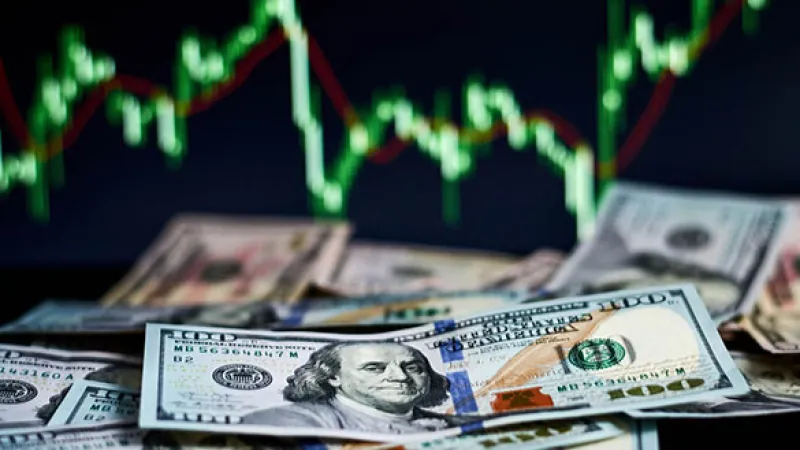By Jim Iuorio, for CME Group
AT A GLANCE
- Inflation fears and a belief in post-pandemic economic recovery could be signaling the early days of a commodities supercycle
- With 2 trillion in market cap, cryptocurrency could be siphoning dollars from traditional inflation hedges like gold
The important question is: does the meteoric rally in commodities reflect a belief that the coming economic recovery is going to be explosive? Or are these rallies a function of inflation fears and a waning belief in the U.S. dollar and its global hegemony in coming years? The answer is likely a bit of both and digging deeper into the moves of individual commodities could give us some clues.
Inflation Hedges
The lead dogs of the move have clearly been industrial commodities with lumber out front. This move began as a belief that there was going to be a migration of people from crowded urban centers to more rural or suburban areas as a pandemic response, and was subsequently reinforced by a Federal Reserve committed to keeping mortgage rates low. It would certainly be easy to view this example and conclude that a construction boom was the primary driver of the commodity craze. Gold’s light 17% gain adds some fuel to the recovery thesis.
Unfortunately, it is a bit more complicated than that. Since March 2020, the cryptocurrency market cap has gone from 150 billion to almost 2 trillion. For some perspective on this number, total gold market cap is about 10 trillion. The point is that perhaps crypto markets are draining dollars from traditional inflation hedge commodities like gold and silver and obfuscating the market’s message.
In four years, the U.S. national debt has increased by a staggering 8 trillion dollars. A rally in inflation hedge assets would certainly make sense in this environment. My belief is that Bitcoin’s existence has created a headwind for precious metals. Failing to get price appreciation in precious metals, inflation hedge dollars that may not have access to crypto or are simply non-believers have been forced to hide out in base metals and industrial commodities as a dollar hedge.
Three Factors Driving Commodities
Unfortunately, detailing why the move has occurred doesn’t give us a complete answer to the question, is this the beginning stages of a new commodity supercycle? We have established that there are probably three primary drivers of the rise in commodity prices: 1) A belief in a genuine, post- pandemic economic recovery, 2) A Fed that will continue to support the recovery with lower interest rates and 3)A government that’s willing to continue its spending spree.
The answer lies in whether or not we believe any of these factors are transitory. At the end of March, Fed Chairman Jerome Powell say that future moves on monetary policy will be done very gradually, over time and with great transparency.” The Biden administration, meanwhile, has proposed an infrastructure spending package between two and three trillion dollars.
The only piece of the puzzle that remains a mystery is the strength of the recovery. An abrupt lockdown could easily put a damper on commodity demand. If we have learned anything over the last 14 months, it’s that anything can happen and that the story can pivot with alarming speed. The supercycle story definitely has an element of hope imbedded in it and requires a belief that better economic times lie ahead.
Read more articles like this at OpenMarkets






